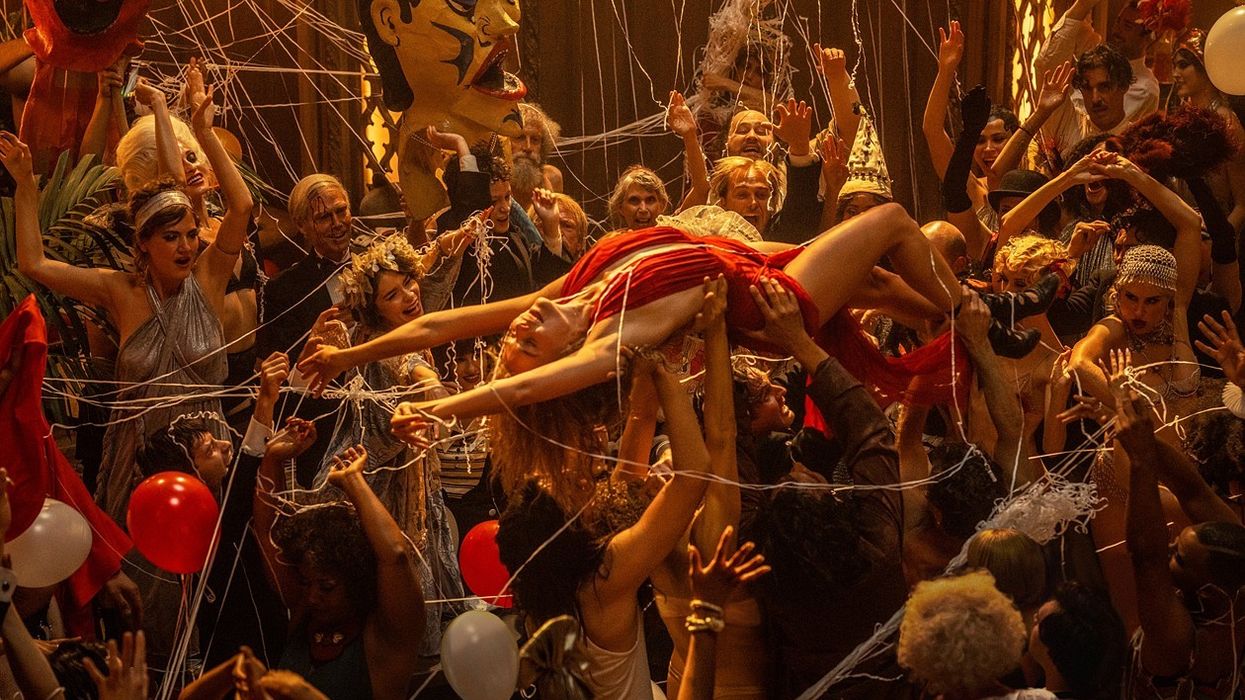How 'Babylon' Production Designer Transformed the "Inhospitable Nature" of Hollywood
How do you take Los Angeles back to its 100-year-old roots? Production designer Florencia Martin shows us how!

We’ve seen Hollywood transform Los Angeles in the movies for years. Los Angeles has become a playground for cinema from its infancy as a deserted land of hopes and dreams to the battleground of some of the biggest action movies of the year.
The city has been transformed once again for Damien Chazelle’s Babylon. Camouflaged in the opulence and excess of the 1920s in what was once no man's land, production designer Florencia Martin had to find a way to make Los Angeles become a character.
“We were able to showcase the formation of the city,” Martin told Variety. “We wanted the audience to feel the heat and the inhospitable nature of that environment, and the contrast of this incredible time where people were forming the city, fantastically and extravagantly.”
Martin's transformation of the city was not easy, but she broke down how she created the fantasy of what Los Angeles could and would be through her production design in Babylon.
How Did 1920s Los Angeles Come to Life?
Since the early development of Los Angeles could not be replicated in the city, Martin scouted for dirt fields and mountains for the exterior shots.
She looked north to Ventura County and the towns of Piru, Fillmore, and Santa Paula. For the exterior shots that couldn’t be replicated in existing land, Martin had a blank canvas at Cinescope studios.
In contrast to the barren landscape that was captured with anamorphic lenses, Chazelle and Martin wanted to establish a “technicolor world” that dove into the fantasy of Hollywood. Drawing inspiration from New York City and the Europeans who were coming to Hollywood and forming the culture, Martin discovered this beautiful contrast between nature and the rapid building of infrastructure.
One sequence that Martin points out as a perfect example of LA’s rush to modernism was a driving scene.
“The driving sequence was made up of six parts because we wanted to get the transition from the barren desert into early Hollywood and the single-story buildings to huge electricity poles,” Martin said.
The film had over 150 sets that highlight the rapid change that can happen to a city that is pushed into modernism. Martin referred to Dorothea Lange’s photos which documented that changing world and humanized the consequences of an infrastructure that wasn’t built to last.

Martin has transformed LA before for Paul Thomas Anderson’s Licorice Pizza and Netflix’s Blonde, yet the locations in Babylon were not as simple and understated as they were in Martin’s previous works. Instead, LA became a dream that borders on reality. Martin created the myth's beginnings that lasted for a hundred years.
What do you think of Martin’s production design for Babylon? Let us know in the comments!
Source: Variety











